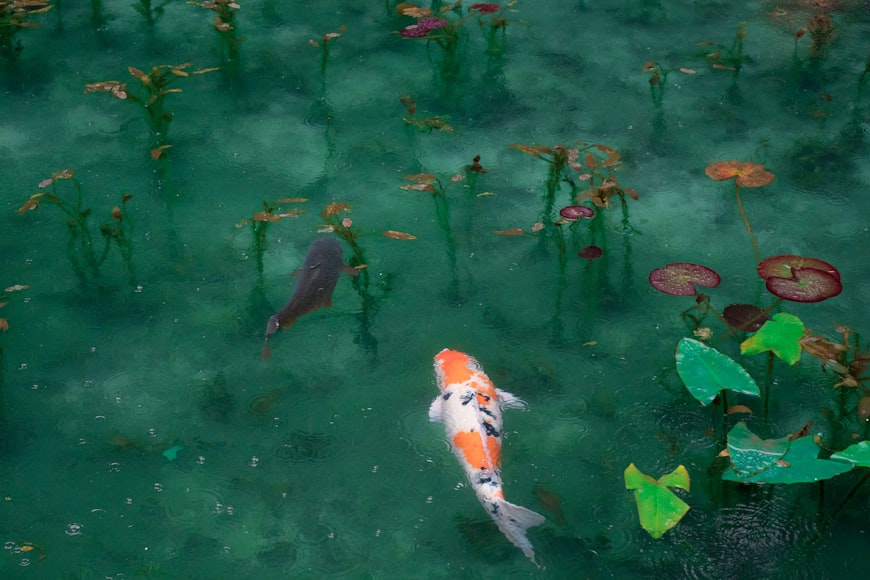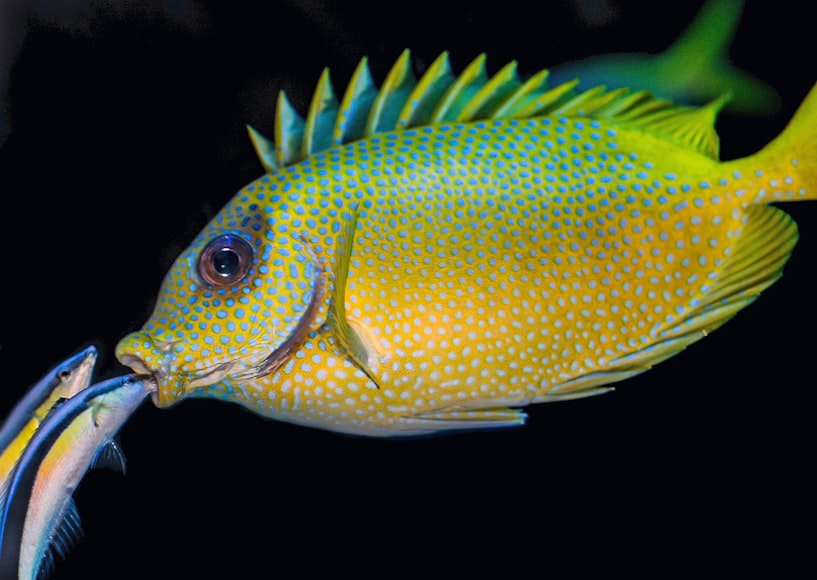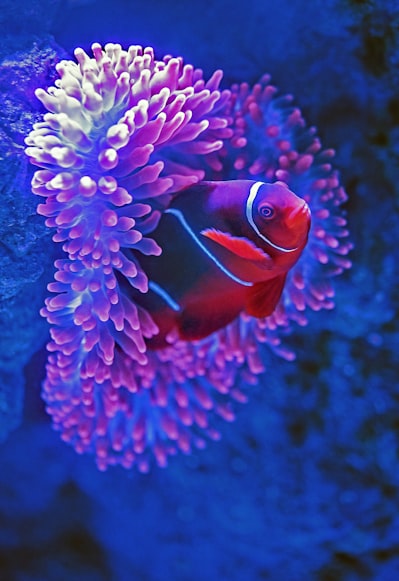I. Introduction

I. Introduction
The betta fish, also known as the Siamese fighting fish, is a captivating freshwater species renowned for its vibrant colors, flowing fins, and aggressive nature. With a rich history and diverse origins, bettas have become popular aquarium pets worldwide.
1. General Description and History
Betta fish belong to the genus Betta, with the most common species being Betta splendens. They typically reach a length of 2-3 inches and exhibit a wide range of colors and patterns, including red, blue, green, orange, and black. Their fins are long and flowing, giving them a graceful and majestic appearance.
Historically, bettas originated in the shallow, slow-moving waters of Southeast Asia, particularly in Thailand. They were initially known for their aggressive behavior, and betta fights were a common form of entertainment in the region. However, over time, bettas have been selectively bred for their aesthetic and behavioral traits, resulting in the domesticated varieties we see today.
2. Origin and Natural Habitat
Betta fish are native to Southeast Asia, specifically Thailand, Cambodia, Laos, Vietnam, and Malaysia. Their natural habitat consists of rice paddies, shallow ponds, swamps, and slow-moving streams.
These environments provide bettas with an abundance of plants and vegetation, which they utilize for shelter and food. Bettas are opportunistic feeders and will consume a variety of live and frozen prey, such as insects, small fish, and invertebrates.
In the wild, betta fish often form small territories and aggressively defend them from other individuals. This territorial behavior is particularly evident during mating season, when male bettas engage in elaborate courtship displays and fierce fights to establish dominance.
II. Characteristics

Betta fish, renowned for their vibrant hues and graceful fins, possess a distinctive set of physical attributes that set them apart from other freshwater species.
3. Physical Appearance
Fins:
Betta fish boast elaborate fins that contribute to their graceful movements and vibrant displays. Their dorsal, anal, and caudal fins are long and flowing, often adorned with intricate patterns and vibrant colors. The pelvic fins serve as sensory organs, helping the fish navigate their environment.
Scales:
Betta fish have large, iridescent scales that shimmer and reflect light, creating a captivating spectacle. The scales are arranged in an overlapping pattern, providing protection and flexibility.
Body Shape:
Betta fish typically have an elongated, torpedo-shaped body that allows for swift and agile swimming. Their bodies are slightly flattened laterally, enhancing their maneuverability in confined spaces.
4. Color and Pattern Variations
Betta fish are renowned for their breathtaking diversity of colors and patterns. The wide range of hues includes blues, greens, reds, yellows, oranges, and purples. Some bettas display solid colors, while others exhibit intricate patterns such as marbling, banding, and mosaicism.
Solid Colors:
Solid-colored bettas come in a single shade, with the most popular colors being blue, red, and yellow. These individuals display uniform coloration throughout their body, fins, and scales.
Marbling:
Marbeled bettas exhibit a mixture of two or more colors that blend together in irregular patterns. The colors appear to flow and merge, creating a mesmerizing visual effect.
Banding:
Banded bettas have alternating stripes of different colors that run horizontally across their bodies. The bands can be broad or narrow, creating a bold and striking appearance.
Mosaicism:
Mosaicism is a genetic mutation that results in a patchy appearance. Bettas with mosaicism have areas of different colors that are scattered across their body, resembling a mosaic artwork.
III. Types of Betta Fish

Beyond their striking beauty, betta fish come in a wide variety of types, each with its own unique characteristics. This diversity adds to the allure of these fascinating creatures, offering hobbyists a range of choices to suit their preferences.
5. Short-finned Bettas
Short-finned bettas, as their name suggests, have shorter, less flowing fins than their long-finned counterparts. This can give them a more compact, streamlined appearance. Some popular short-finned betta types include:
- ** plakat**: Known for their sturdy build and aggression, plakat bettas are typically used in competitive fighting.
- halfmoon plakat: A plakat betta with a halfmoon tail shape, characterized by its wide, flowing rays that create a 180-degree angle.
- double-tailed plakat: As the name implies, double-tailed plakat bettas have two separate tails, giving them a distinctive and elegant appearance.
6. Long-finned Bettas
Long-finned bettas are renowned for their extravagant, flowing fins that can spread out like a fan. These fins demand more care and attention than short-finned varieties, but the stunning visual display they create is well worth the effort. Some common long-finned betta types include:
- veiltail: The veiltail betta has long, flowing fins that resemble a delicate veil, creating a graceful and ethereal appearance.
- crowntail: The crowntail betta sports elongated, pointed fins that extend beyond the body, giving the impression of a spiky crown.
- halfmoon: Halfmoon bettas have rounded, flowing fins that form a perfect half-circle when fully flared, creating a truly captivating display.
IV. Care and Maintenance

7. Tank Size and Water Parameters
Betta fish, despite their small size, require a minimum tank size of 5 gallons. This provides them with ample space for swimming and exploring. The tank should be equipped with a heater to maintain a temperature of 78-82 degrees Fahrenheit.
Water parameters are crucial for the health of betta fish. The ideal pH range is 6.5-7.5, and the hardness should be between 5-7 dGH. Ammonia and nitrite levels should be kept at zero. Regular water changes of 25-50% are essential to maintain water quality.
8. Diet and Feeding Schedule
Betta fish are carnivores and thrive on a diet of live or frozen foods. Live foods, such as brine shrimp, daphnia, and bloodworms, are rich in nutrients and offer variety. However, they should be fed sparingly as they can contain parasites. Frozen foods, such as mysis shrimp and krill, are a convenient alternative to live foods.
Adult betta fish should be fed once or twice a day, with the amount of food varying depending on their size and activity level. As a general rule, they should be given only as much food as they can consume in 2-3 minutes. Overfeeding can lead to obesity, constipation, and other health issues.
It’s important to note that betta fish can be picky eaters and may not accept all types of food. If your betta does not eat after a few days, try offering different foods until you find one that they prefer.
V. Breeding

Betta fish, renowned for their vibrant colors and flowing fins, are popular aquarium pets. Breeding these fish can be a rewarding experience, but it requires careful planning and knowledge. Here’s a comprehensive guide to breeding Betta fish:
1. Breeding Setup
Tank Size: A 10-gallon tank is ideal for breeding.
Water Conditions: Maintain water parameters similar to the parents’ habitat: pH 6.5-7.5, temperature 78-82°F (26-28°C).
Filtration: Use a sponge filter for gentle filtration.
Cover: Provide plenty of floating plants or a breeding trap to give the female privacy.
2. Male and Female Selection
Male:
* Choose a healthy male with vibrant colors and flowing fins.
* Observe his behavior; he should be active and aggressive towards other males.
Female:
* Select a female that is slightly smaller than the male with a rounded belly.
* Look for females with a vertical black stripe near their tails to indicate readiness to breed.
3. Conditioning
Diet: Feed the male and female a high-quality diet of live and frozen foods to promote egg production and sperm quality.
Water Changes: Perform regular water changes to keep the tank clean and stimulate spawning.
4. Spawning Process
- Courtship: The male will display to the female by flaring his fins and building a bubble nest.
- Embrace: If the female is receptive, she will swim into the nest and the male will wrap his body around her.
- Fertilization: The male releases sperm over the eggs as the female releases them.
- Bubble Nest: The male collects the fertilized eggs and deposits them in the bubble nest.
5. Fry Care
Incubation: The male will guard the eggs for several days until they hatch.
Hatching: The fry will hatch in about 24-48 hours.
Care: Remove the male once the fry have become free-swimming. Feed the fry infusoria or brine shrimp nauplii.
6. Grow-Out
Feeding: Continue feeding the fry a varied diet of live and frozen foods as they grow.
Water Changes: Perform regular water changes to keep the tank clean.
Tank Size: As the fry grow, move them to a larger tank to provide ample space.
7. Troubleshooting
No Breeding: Check the water parameters, ensure the fish are healthy, and try conditioning them for a longer period.
Egg Eating: The male or female may eat the eggs. Provide plenty of cover and feed the fish regularly to prevent egg predation.
Fry Mortality: Check water quality, feeding habits, and potential infections. Ensure proper care and consult a veterinarian if necessary.
Remember, breeding Betta fish requires patience, attention to detail, and a commitment to providing the best possible care for the fish and their offspring.





















